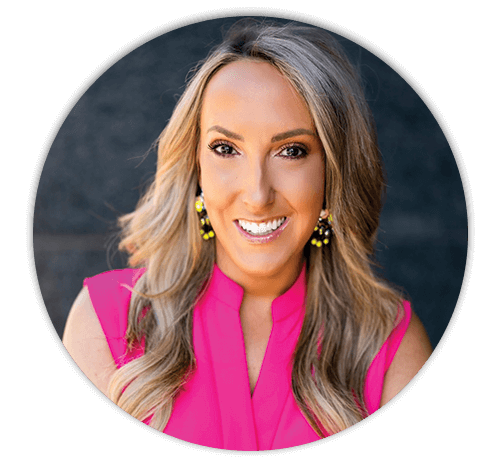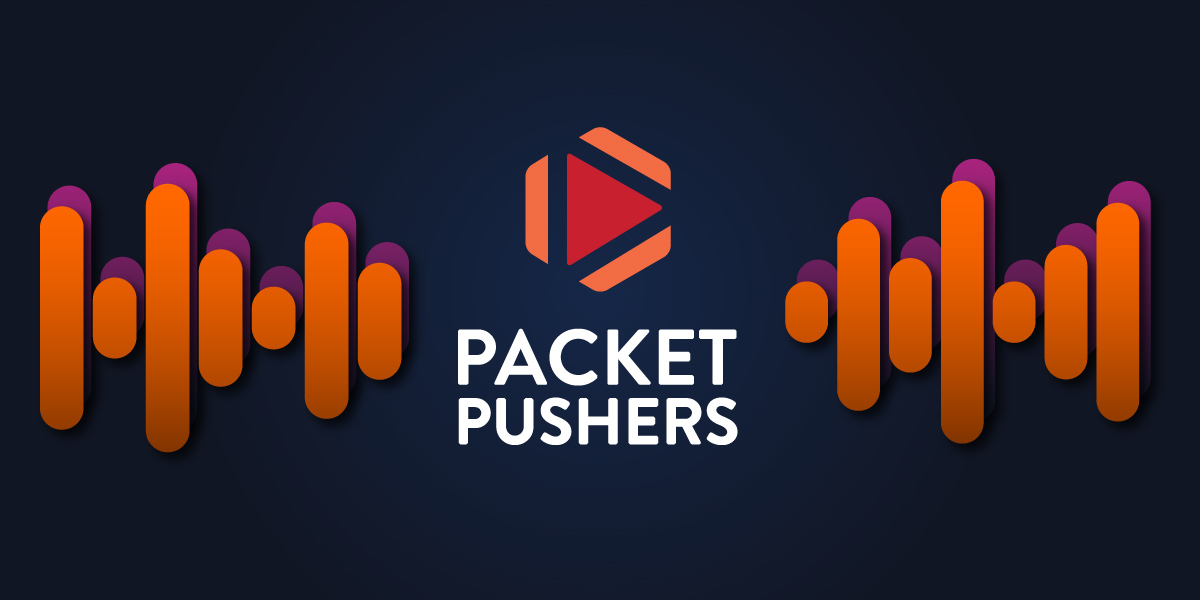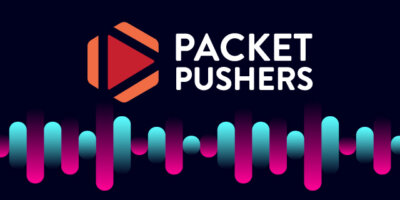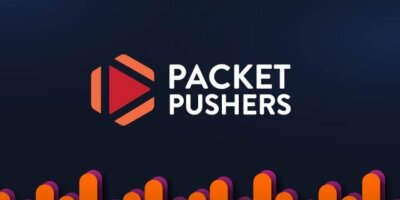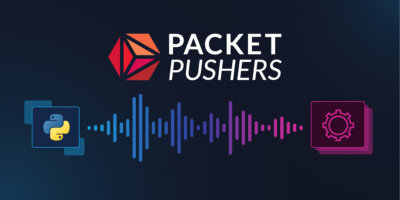
“When you look at building network automation at scale, what we’re looking for is the ability to scale across all the different platforms that we have. We’re looking for scale to move across and into all of the systems that feed into the information that’s necessary to be successful in our automation journey.”
Michael Wynston, Director of Architecture & Automation at Fiserv, recently sat down with Packet Pushers’ Heavy Networking team along with Itential CTO Chris Wade to discuss Fiserv’s automation journey: how they built robust processes and systems to lower the barrier to entry for automation while reducing incidents, accelerating service delivery, and building the framework to enable a self-service model in the future.
The big focus? Scale.
Scale across an environment where, as Michael put it, “if you’re looking for any vendor, we’ve got it somewhere.”
Fiserv is one of the largest payments processors in the world, handling 35.38 billion transactions worth $2.03 trillion USD in 2023. Its network is critical to the business. That means automation must extend across every vendor, domain, system, and process to drive efficiency and maintain security standards.
How did they do it? Listen to the full Packet Pushers episode here — or keep reading for highlights and key takeaways.
A Maturing Automation Practice: How Fiserv’s Automation Journey Has Evolved
From hiring consultants to build use cases to training their own engineers to learn Ansible and Python, to attempting to centralize automation expertise — Fiserv’s network team had made consistent progress, but they’ve also seen their fair share of challenges to get functioning automation off the ground. After a successful start, they realized when you get into network automation at scale, it’s more than just writing a simple script that replaces something you used to do by hand. It’s about building robust systems to maximize impact and minimize work while maintaining strict standards.
Consultants & Why Training Network Engineers to Be Software Developers Can’t Scale
At first, the company brought in outside people to help build out initial network automation use cases. As part of this exercise, every network engineer in the organization was put through training for Python, Ansible, Nautobot, NetBox, and Postman.
However, despite the training, automation adoption was somewhat slow due to use case prioritization as well — many engineers did not see a direct line between the automation skills they’d learned and saving time on their daily work. That meant potential value left on the table, since automation wasn’t making the impact they needed.
As Michael puts it, “they came in, they fished, everybody ate, they left, we starved.”
“We had some success with automation that was engineers developing Python scripts or Ansible Playbooks for themselves. But that doesn’t scale across the entire organization.”
Scaling with Low-Code Orchestration: Lowering the Barrier to Entry
The team took several more steps along their journey, first centralizing all their automation pros into their own group supporting the entire infrastructure organization, but then refocusing to a center of excellence approach rooted in networking after the first approach didn’t deliver what engineers needed. With every new attempt, they learned more, implemented more robust best practices, and started to scale their impact, but there wasn’t a good way to bridge that gap between network engineering and the software development skills needed for high-code automation.
“What we really wanted,” Michael says in the episode, was “something that gave us the ability for low-code, no-code. So engineers who are not experts yet in writing Python, or creating Ansible Playbooks, or consuming APIs from almost every platform today, they could still make use of automation.”
That’s what led them to Itential — a solution that could provide the framework for truly scalable automation. Low-code orchestration would lower the barrier to entry and allow every engineer to benefit, accelerating automation across the organization. And API integration capabilities would allow them to scale across all the platforms and systems in their multi-vendor environment.
What Can They Do With Itential That They Couldn’t Do Before?
Several priorities went into the decision to adopt Itential, including our platform’s potential to one day replace several of the systems they use today to reduce tool sprawl. These particular capabilities were the most immediate drivers for their decision:
- Low-code, no-code workflow building features
- API adapter generation
- High-code automation execution and the ability to reuse existing automations and assets
Something Michael raises a few times in the episode is this idea of “lowering the barrier to entry” for automation, enabling users who don’t have Python, Ansible, or API expertise to still use automation. The team was drawn by the ability to reuse the assets they’d already built and safely expose them for collaboration and consumption, enabling low-code engineers to leverage high-code assets as part of their orchestration workflows (without requiring the team to build any wrappers).
Coupled with this accessibility, Itential’s ability to integrate with all their IT and network systems via API (such as our partner Forward Networks) helps support their network that’s multi-vendor, multi-domain, multi-cloud, global, and absolutely critical for trillions of dollars in transactions. API integration allows them to build any API calls needed into an orchestration workflow, again without the need to write code. Also, the integration and low-code orchestration capabilities ensure they can enforce standardization. An engineer can’t use the wrong naming convention for a router if the name is pulled from an inventory system as part of an orchestrated workflow — removing human activity removes the potential for human error.

“Network automation is not an art. It should be a standard.” – Michael Wynston
Evolving from automation to orchestration with Itential provides the framework for truly transformative network engineering, maintaining standards wherever possible, accelerating network service delivery, and allowing the team to start scaling to a self-serve model. Towards the end of the episode, Michael discusses a model of the future where network changes can be requested and fulfilled without a network engineer being actively involved, due to the trust in the comprehensive orchestrations the team has built.
Future-Fit Network Automation & Orchestration for FinTech: Time, Money, & Risk
These technical objectives — standardization to reduce incidents, automation that accelerates service delivery, and orchestration to enable self-service — are ultimately in service of key business objectives that impact Fiserv’s bottom line.
I like the way Michael puts it towards the end of the podcast episode:
“Whenever I look at a new tool or platform. I can’t move forward unless it pulls one of three levers. You either make me more money, save me money, or you keep me off the front page of the newspaper.”
Time, money, and risk. Accelerating and standardizing network engineering helps Fiserv’s network and infrastructure teams support these critical business needs.
“If you ask me about Itential,” Michael says. “I will say Itential will make us more money by increasing our velocity to deliver infrastructure. It will save us money, because to deliver more, I won’t need any significant increase in headcount. And it keeps me off the front page by allowing me to ensure infrastructure is consistently secured everywhere.”
“It gives me that ability to deliver consistency, and to pull all three levers at the same time.”
Mic drop. Well said, Michael, and thank you for your support of Itential and for joining Chris and our good friends Ethan and Drew from Packet Pushers to tell your story to the networking community. Check out the full Heavy Networking episode with Michael Wynston, Itential CTO Chris Wade, and the Packet Pushers team here.
